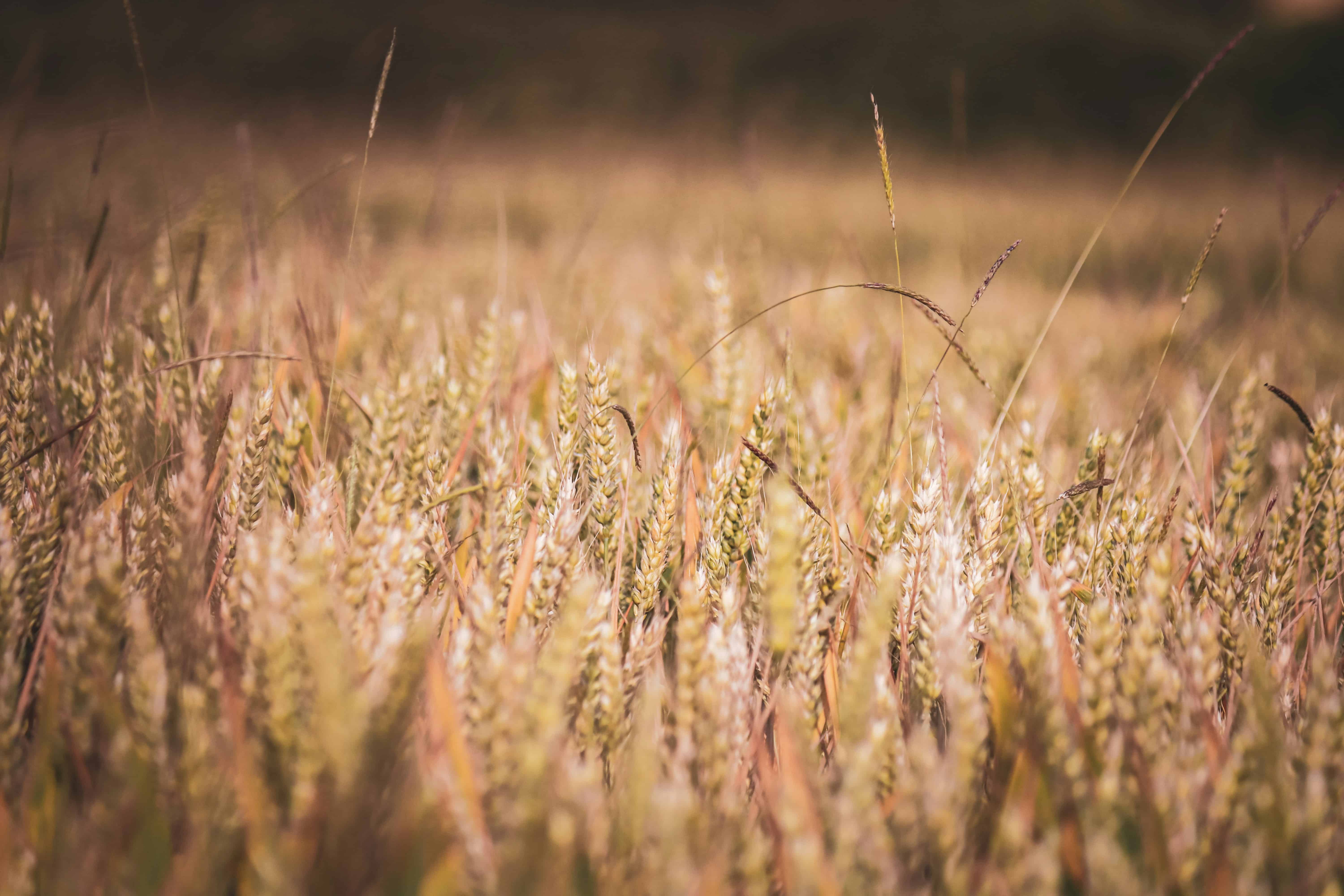Key Takeaways:
- The IUCN’s latest report emphasizes that better policies can benefit both agriculture and biodiversity.
- Agriculture impacts 34% of species listed on the IUCN Red List, primarily through habitat conversion.
- Realigning agricultural and conservation policies could increase global GDP by USD 150 billion annually.
- Case studies from 15 countries demonstrate practical approaches to sustainable agriculture and biodiversity conservation.
- The report calls for reforms in agricultural policies to incentivize conservation without compromising food security.
The International Union for Conservation of Nature (IUCN) has released a new flagship report titled Agriculture and Conservation, which provides a comprehensive analysis of the relationship between agriculture and biodiversity. The report highlights that well-designed and targeted policies can benefit both agricultural productivity and the conservation of ecosystems. This report, part of the Living Nature in a Globalised World series, examines how countries can balance feeding their populations with protecting critical natural habitats and species.
The Complex Relationship Between Agriculture and Biodiversity
The IUCN report reveals that agriculture, which occupies 37% of the world’s land, poses both risks and opportunities for biodiversity. According to the assessment, 34% of species on the IUCN Red List are directly threatened by agricultural activities, including habitat conversion for croplands, pasture, and plantations. Indirect impacts, such as freshwater overconsumption, pollution from soil erosion and agrochemicals, and the introduction of invasive species, also contribute to the biodiversity decline.
Dr. Grethel Aguilar, IUCN Director General, emphasized the significance of addressing both agriculture and conservation. “We know that we cannot achieve conservation goals without considering agriculture, and this report shows us that we can find ways to conserve nature while ensuring that people are fed and local economies are strong,” said Aguilar. She pointed out the importance of balancing these needs, adding, “Healthy nature means better agriculture, and sustainable agricultural practices mean a more resilient planet.”
Economic and Environmental Opportunities in Policy Realignment
The report outlines that realigning agricultural and conservation policies could lead to positive outcomes for biodiversity, climate resilience, and economic growth. According to the report, protecting ecosystems and promoting their services could increase global GDP by USD 150 billion annually. In contrast, continuing with current practices could lead to economic losses of over USD 100 billion per year.
Stewart Maginnis, IUCN Deputy Director General, noted the complexity of balancing these two objectives. “The debate over how to balance agriculture and conservation is complicated, nuanced, and often country-specific,” he said. Maginnis explained that while trade-offs exist, there are significant opportunities for policy changes that benefit both sectors. “Governments often support agricultural production systems that can be harmful to species and habitats. This support should be repurposed towards incentivising conservation and sustainable management of nature.”
Case Studies and Global Perspectives
The IUCN report includes 15 case studies from countries such as Vietnam, Ethiopia, and Guatemala, showcasing a variety of approaches to sustainable agriculture. These case studies are drawn from IUCN’s global network of over 200 Member governments and 1,200 non-governmental organizations, providing practical examples of how sustainable agricultural practices can help meet biodiversity and food security objectives.
The report also explores how localized solutions are often required. As Juha Siikamäki, IUCN Chief Economist and co-editor of the report, pointed out, “Achieving both food production and conservation objectives is possible, but few one-size-fits-all answers are available. Rather, successful solutions will vary by location, scale, and production system.”
Policy Recommendations
The report suggests that achieving synergies between agriculture and conservation will require changes to agricultural policies. These include incentivizing sustainable practices through payments for ecosystem services, reforming regulations, and shifting institutional mechanisms. The report further suggests that government support currently directed toward harmful agricultural practices could be redirected toward promoting conservation-friendly methods, benefiting biodiversity, food production, climate, and economic goals simultaneously.
Pascale Bonzom, Global Head of IUCN’s Food and Agricultural Systems Team, remarked on the broader relevance of this report. “This report is a major tool for IUCN members, commissions, and my team in the secretariat to engage with key food and agricultural systems stakeholders and advocate for the necessary changes in public and private policy,” Bonzom said.
Read the complete report here.


